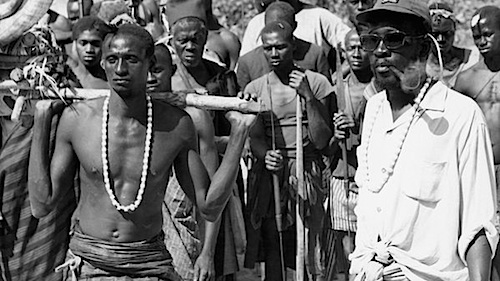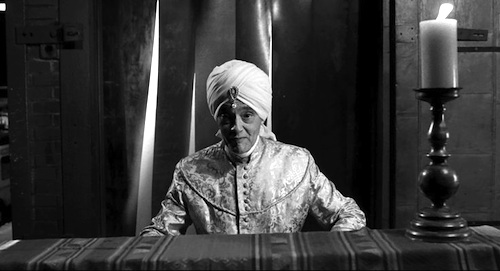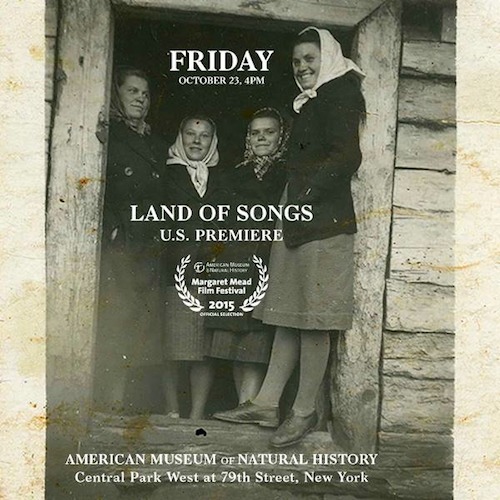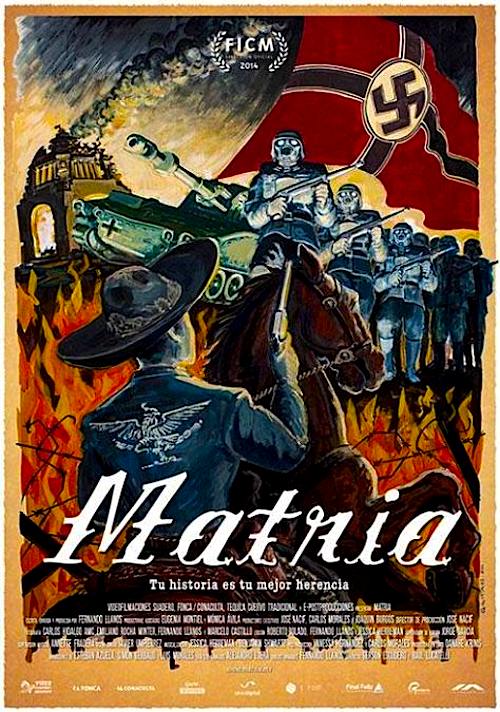By Joe Bendel. Until the Yanukovych’s regime’s brutal assault on the peaceful Maidan protests, St. Michael’s Golden-Domed Monastery had not rung all its bells simultaneously since the Mongol invasion of 1240. Of course, this fact comes with an asterisk. Technically, the Soviets destroyed the Kiev landmark in the 1930s, but it was subsequently rebuilt following independence. Appropriately, the working Orthodox monastery played a significant role in the events that unfolded on and around Maidan Square. Russian-Israeli filmmaker Evgeny Afineevsky captured history in real time, documenting step by step how the demonstrations evolved into a revolution. Rightfully considered an Oscar contender, Afineevsky’s Winter on Fire: Ukraine’s Fight for Freedom screens during the San Francisco Film Society’s Doc Stories—and also streams on Netflix.
The Euro-Maidan movement and its supporters have been well documented by filmmakers such as Sergei Loznitsa, Andrew Tkach, and Dmitriy Khavin, yet the Western media still gives credence to Soviet propaganda claiming the popular uprising was merely a prolonged tantrum thrown by skinheads and neo-National Socialists. However, with the exposure granted by Netflix’s platform, those lies should finally be permanently put to rest.
In fact, one of the big “scoops” of Afineevsky’s film is the extent to which Kiev’s Major Orthodox Archbishop, Catholic Archbishop, and the Islamic Mufti of Religious Administration supported the Maidan activists. Their early blessings (literally) were important, but it is impossible to overstate the leadership of His Eminence, Agapit, the Vicar of St. Michael’s and Bishop of Vyshgorod. It was he who approved the tolling of the bells and gave shelter to protestors fleeing from steel truncheon-wielding of agents of the Berkut, Yanukovych’s personal shock troops, who were truly the barbarians at the gates.
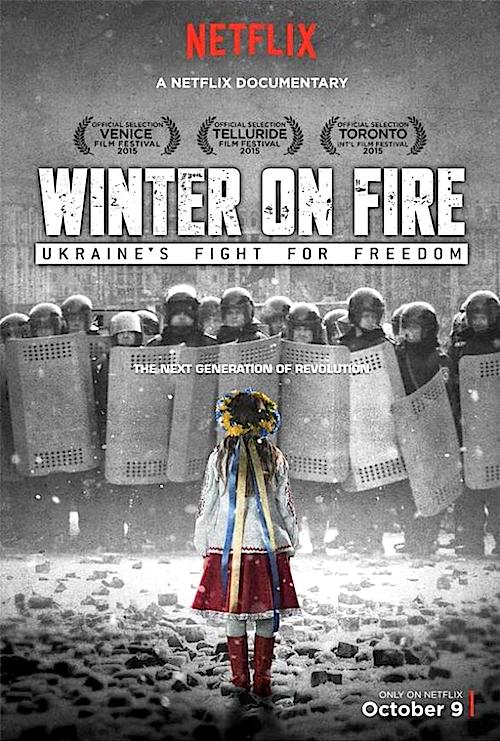 Unlike Loznitsa’s film, Afineevsky takes the time to single out individual protestors. While this gives the film greater emotional resonance, it is also necessary in some respects, for viewers to fully understand the dynamics in play. One such protestor we meet is the popular but self-effacing Serhiy Nigoyan, whom many fellow Maidan activists identified through social media as an inspirational figure for them all. When Nigoyan became the Berkut’s first gunshot fatally, his face began appearing on makeshift shields across the Square.
Unlike Loznitsa’s film, Afineevsky takes the time to single out individual protestors. While this gives the film greater emotional resonance, it is also necessary in some respects, for viewers to fully understand the dynamics in play. One such protestor we meet is the popular but self-effacing Serhiy Nigoyan, whom many fellow Maidan activists identified through social media as an inspirational figure for them all. When Nigoyan became the Berkut’s first gunshot fatally, his face began appearing on makeshift shields across the Square.
Working with twenty-eight credited cinematographers, Afineevsky captures just about everything that transpired, including the savagery Yanukovych and his Russian puppet-master so strenuously denied to the world media. Viewers should be warned, Afineevsky will introduce them to Ukrainians who will be murdered in the ensuing assaults and sniped attacks. Yet, he and editor Will Znidaric whittled and stitched the voluminous raw footage into a tight, cogent, and cohesive narrative.
Another aspect of the Euro-Maidan that comes through more clearly in Winter than prior documentaries is the genuine grassroots nature of the revolution. It was truly bottom-up rather than top-down. In fact, opposition leaders (including Vitali Klitschko) are often seen trailing after movement, earning jeers for their parliamentary caution. It is probably the most cinematic document of the Maidan protests to-date and perhaps also the most damning of the Yanukovych regime (and the big boss Putin, by extension). Very highly recommended (especially for Academy members), Winter on Fire screens this Thursday (11/5) as part of the SFFS’s Doc Stories.
LFM GRADE: A
Posted on November 3rd, 2015 at 6:45pm.
